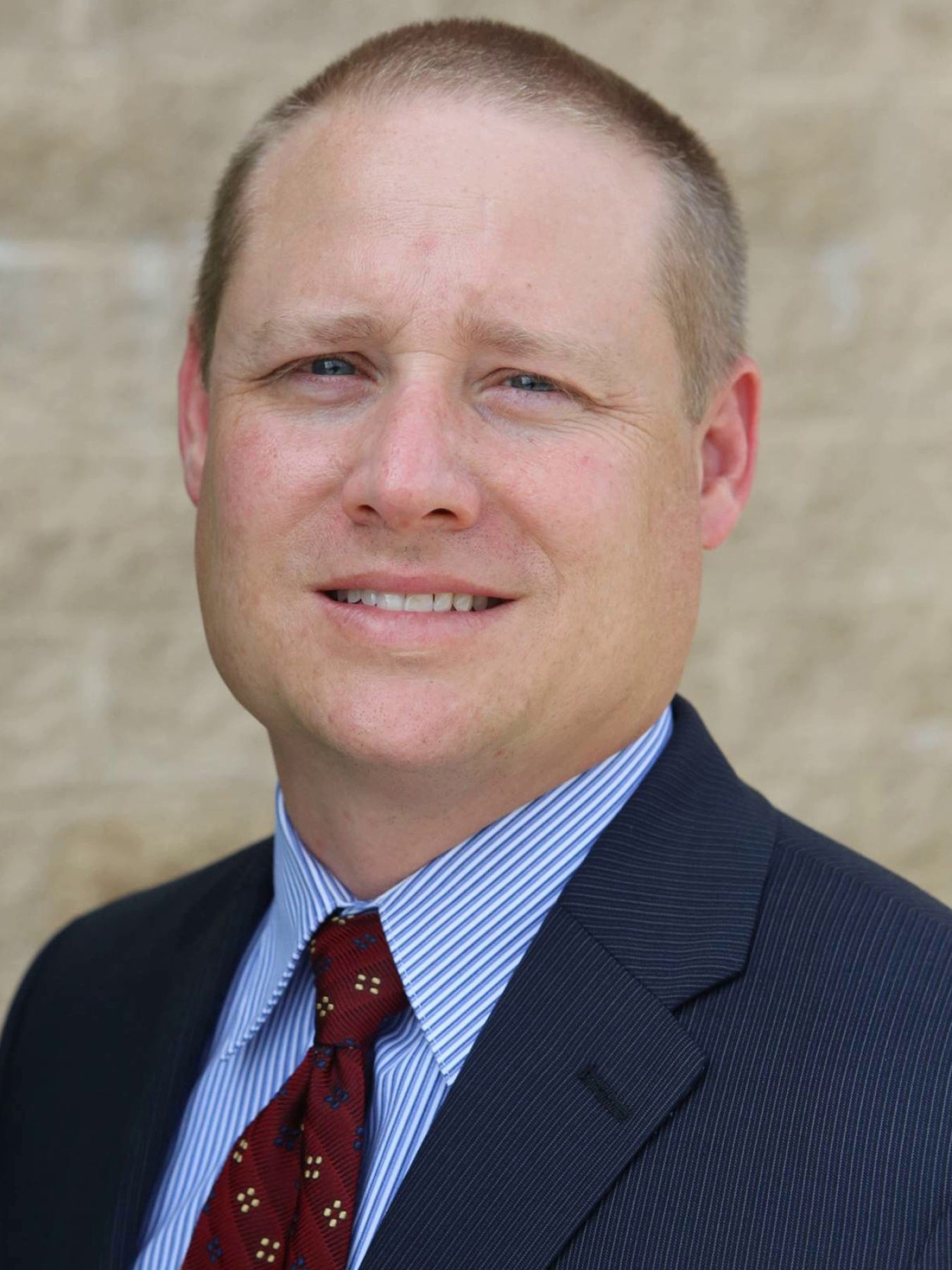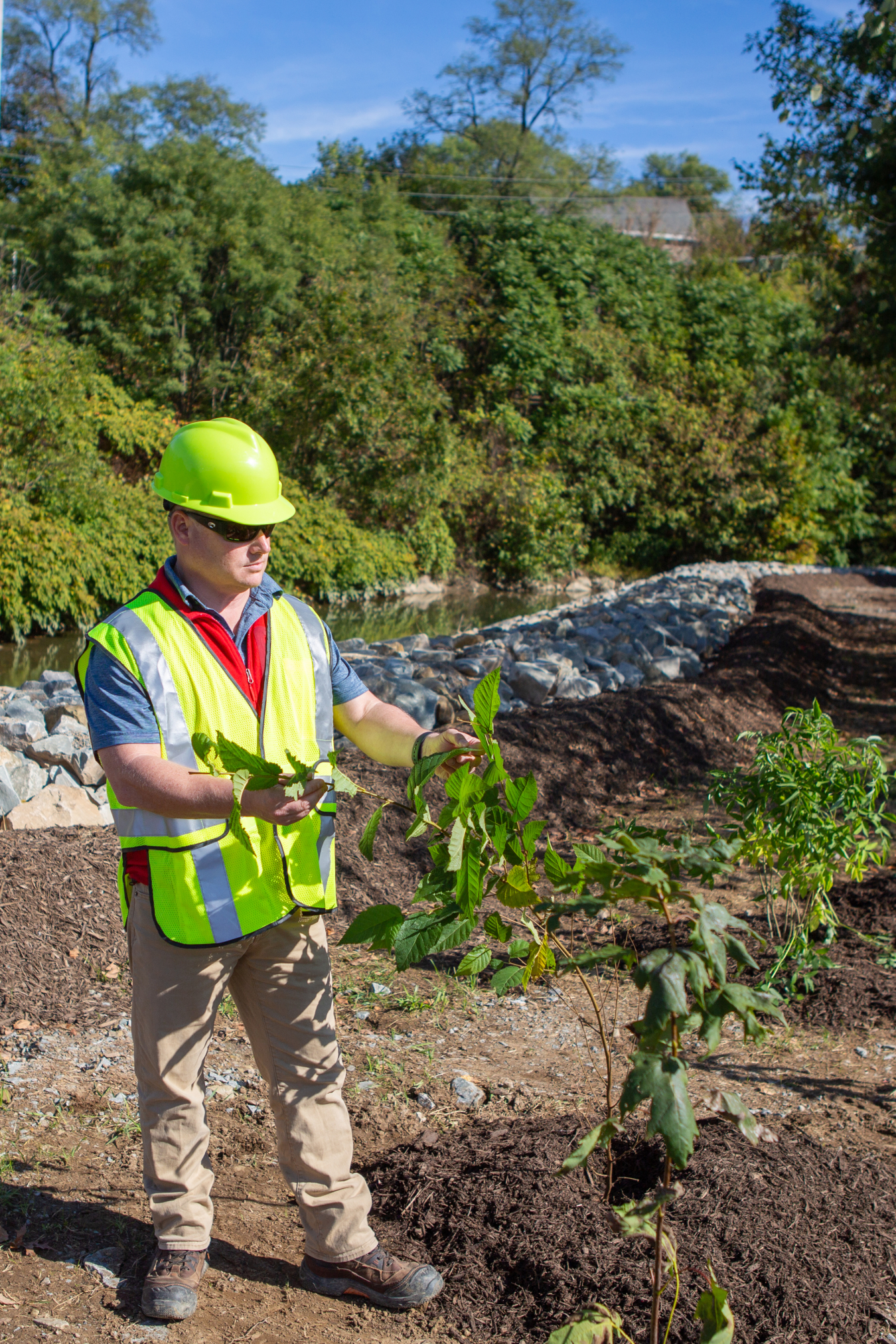LM’s Cliff Carpenter on forming teams with a foundation of trust and diverse perspectives.
August 11, 2021
A technical expert and natural-born leader, LM Federal Project Manager Cliff Carpenter was critical to the launch of the program in 2003. The same focus on clear communication and strong relationships that helped him jump-start LM still guides Carpenter’s work today.
With its steadfast objective of monitoring and maintaining a safe, healthy environment, the Department of Energy (DOE) Office of Legacy Management (LM) consistently plays the long game.
“We’ve joked about being called the ‘Office of Forever,’” LM Federal Project Director Cliff Carpenter said. “Sustainability is always top of mind.”
LM is responsible for the long-term stewardship of post-closure sites from the nation’s early atomic energy program, protecting human health and the environment for generations to come. It is a continuous, complex order that requires management from experts with deep industry knowledge and experience - experts like Carpenter.
But the LM founding member said the importance of support and communication in leadership can’t be overstated. According to Carpenter, standing the test of time depends on confidence and rapport among colleagues and communities.
“Organizational trust and individual passion drives progress and lasting change,” Carpenter said. “A dynamic, cohesive employee base enables LM to adapt in real time.”
His assessment comes from 30 years of experience at LM and other government organizations. Before joining LM, Carpenter worked in DOE Office of Environmental Management, where he developed new technologies with national laboratories, universities, and the private sector to clean up sites that supported early nuclear weapons development and energy research.
In 2003, Carpenter was asked to help launch an organization to ensure the future health and safety of those sites, and he was up to the task. Carpenter said he was thrilled to put his tactical skills and appetite for innovation to good use. “I like challenges; I like diversity; I like change,” he said.
As one of LM’s founders, Carpenter quickly realized that navigating the mixture of people and places was a greater obstacle than the technical roadblocks inherent in the nature of the work.
“With field sites across the country, LM spans different time zones, different personalities, and different cultures,” Carpenter said. He admits this undoubtedly presents a challenge, but it is also an incredible asset as LM cultivates a foundation of diverse perspectives and experiences.
“Human capital is our greatest resource,” Carpenter said. Understanding this strength and playing to it, he said effective communication and relationship building have been paramount in his leadership at LM.
Carpenter’s interpersonal skills and ability to articulate expectations were particularly useful as he helped transition the Mound, Ohio, Site into the legacy program. The former Mound Laboratory was one of the first three complex sites that transitioned to LM following completion of a short-term remediation, and it put the new organization to the test.
Still in its early days, LM had no official protocol in place, and many of its staff members were not even close to the project site or facilities.
“I’m especially proud of the work in those early days when we had no roadmap,” Carpenter recalls.
He credits clear goal-setting and strategic team-building that made possible the transition of the Mound Site, and many sites after it.
“Effective lines of communication and the teams we built to complement individual capabilities allowed us to establish processes that have endured,” he said.
Focusing on collaboration and communication has guided Carpenter over three decades at LM. As Federal Project Director, he continues to manage projects and employees in virtual settings throughout the country.
One of Carpenter’s proudest career achievements was when LM was named a High Performing Organization by the Office of Personnel Management in 2007. LM was only the second government organization to receive this recognition from the federal human resources agency, and it came on the heels of a rigorous self-assessment to identify the resources and activities most critical to the program’s mission. Carpenter and other leaders had evaluated how LM could use and organize its human assets most effectively, putting employees in the best possible position to succeed.
“This success was the result of a whole-team effort,” Carpenter said. “The vital mission and long-term nature of LM unifies employees and inspires a shared mindset of sustainability and improvement that we’ve carried through the years.”
Carpenter constantly thinks about how to create sustainable teams that will endure LM’s ongoing stewardship efforts. To the program veteran, that means leveraging individual strengths, effective lines of communication, and a wealth of trust in an ever-evolving organization.
LM continuously makes strides in protecting human health and the environment thanks to its collaborative culture of progress and the leaders who uphold it.


